
6 Tips to Make Buying School Shoes Easier in 2021
Blog, General Podiatry, Growing pains, Kids Feet
6 Tips to Make Buying School Shoes Easier in 2021
These are 6 Essential Tips and Hacks for parents buying school shoes for the year ahead in 2021
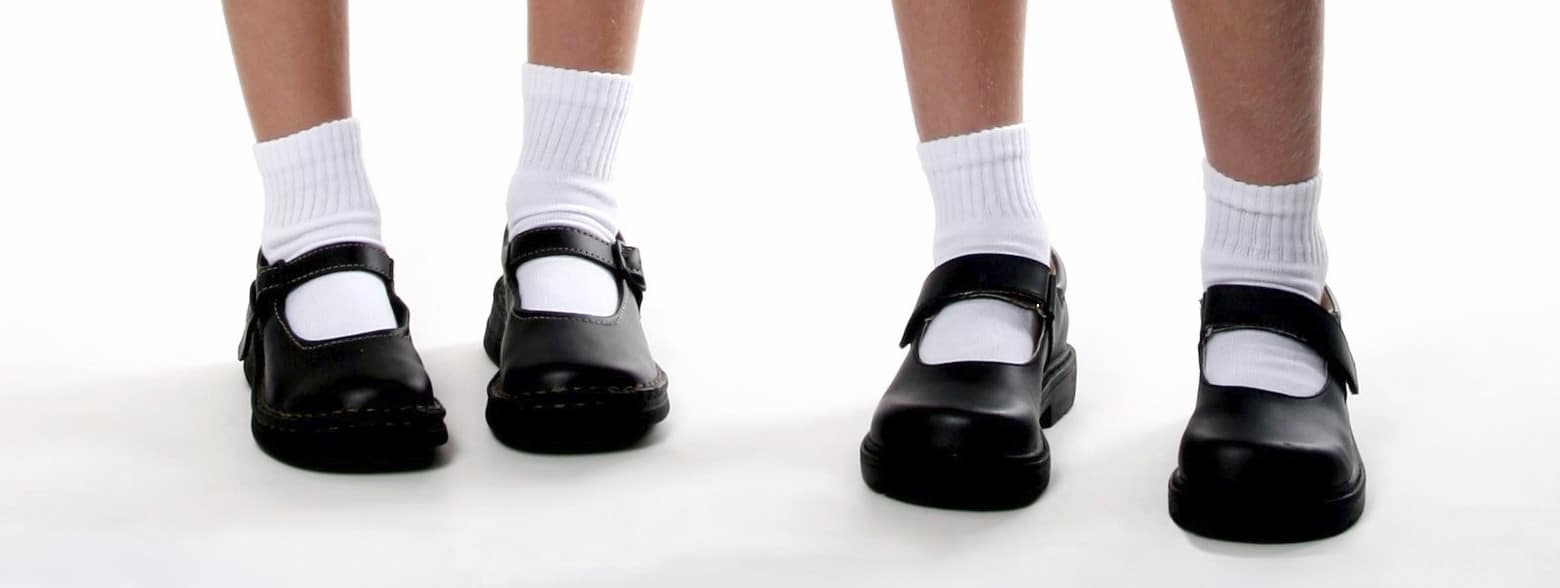
What are the 6 tips to make Buying School Shoes easier in 2021? This post is designed to take some of the pain away from buying school shoes, making it easier to get your kids quickly and comfortably into school shoes that will be healthy for them throughout the year.
It’s that time of year, where are you are not only juggling an increasingly feisty group of kids who are startlingly becoming bored of the magical iPad that has worked so well for so long through the holiday period! To add to this feast of feistiness from bored kids, you now need to manage to get them ready to head back to school and in particular, buying new school shoes that many of them may not even like! Gawd!!!
At times, the process of selecting and choosing an awesome shoe can feel a lot like a chore. And at other times it can become a little overwhelming. Never fear, Dr Brenden, our principal podiatrist, has some helpful tips and hacks to make you look like a pro while removing some of the pain. Let’s go!
Dr Brenden’s Podiatry Tips – Things to consider when buying school shoes

Have a Plan – Get in and get out quickly is my advice
1. Have a Plan
Now is the time to make decisions, contrary to popular belief the time is not when you walk through the shoe shop doors. Having a plan and knowing what you are looking for will reduce the arguments. It will also help with any difficulties you may have with your child in the shop whilst having to juggle them and with the added distraction of oodles of other people, kids arguing with their parentals.
Get in and get out quickly is my advice. Know what you want before you go and come out looking like a sage to the other parents climbing the wall!
2. Choose before you go!
Your kids are more than capable of finding inappropriate content on the net, so their net surfing skills are most likely better than yours. Why not put this to good use and get them choosing or suggesting some shoes they may like to wear. Yes, give them boundaries tell them what they should look like, tell them the features they will need to have.
- Do they need to be leather?
- Do they need to have laces?
- Do they need to look like a traditional school shoe or a runner?
3. Get your kids involved!
Asking your kids to get involved in their shoe selection helps with buy-in and empowers them in the choices that are about to be made. The more your kids feel like they were involved and had input, the more they are likely to wear them, and there is a good part of your battle won!
4. Know what your kids need
Check if that’s shoes is right for them – is it good for wide or narrow feet? Junior or senior kids? Active or inactive kids?
Kids are not all the same, and nor are school shoes. Over many years the selection of shoes has grown. With this, the uniform policies of many schools have been relaxed. The days of Batta Scouts or Clark’s as your only choice are gone.
With this in mind, school shoe retailers have expanded the tools available to make it easier to make a choice for the year ahead. Hit the net, and you’ll find some pretty fancy shoe selectors designed to help you make more educated choices for your kids. These not only address considerations like width and size. But also, is your child likely to be active? Or a book worm? Are they in junior or senior school? Laces or Velcro? And the list goes on.
Like the tip above if you want to avoid confusion, argument and long lines at retail outlets NOW is the time to start looking at this. Not with your kids sitting in the retailer staring at a phone while you try to garner answers from them.
Ascent, who is an Australian footwear brand, has a great example of an online selector here www.ascentfootwear.com.au/school
5. Try shoe size estimators online
I readily acknowledge that I’m not overly comfortable spending more time than necessary in retail outlets in the current climate. This leads me to suggest that rather than waiting until you get to the retailer, it is worth using the available online tools to help get a better guide of your child’s new shoe size.
As described in earlier tips, there is an emerging amount of resources available for parents online. There are quite good systems that you can use at home by simply printing out a scalable image and taking specific measurements, and you can fairly accurately estimate both the size you should be looking for and the width that is best for your child. I really liked this one here theathletesfoot.com.au/media/wysiwyg/Kids_Size_Fitting_Chart_A4.pdf
6. Have a virtual Fit session!
While some retailers have simply increased the tools online that help you choose the size, others have gone the extra mile and now offer virtual shoe fitting sessions. These are sessions where you can have a real live person discuss with you what you’re looking for and help you measure your child or online in the safety or comfort of your own home.
Most of these require pre-booking, and as you can imagine they are booking out recently quickly because of their ease and accessibility.
This one by shoes and Sox looks great www.shoesandsox.com.au.
There is quite a bit to online shoe-fitting, so I’ve quickly prepared another blog with much more detail around these so check it out here.
Summing up the 6 tips to make buying school shoes easier in 2021!
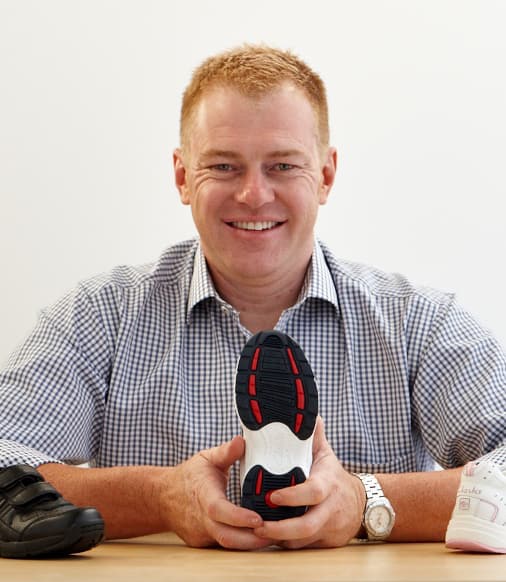
Brenden is one of Australia’s leading experts in foot ankle and lower limb problems
Preparation is the key, not only will it save you time there is a really good chance that if you decide to take this opportunity to get your kids involved, they will have more buy-in and actually want to wear what you buy them. No, there are no promises, but there may even be fewer fights!
There is a wonderful amount of tools that have become available in the last 12 months. These tools will help take some of the pain out of the process. For some people, that may mean you don’t even have to set foot in a brick and mortar retailer.
By Dr Brenden Brown, Podiatrist Sydney
Brenden (BB) is the past President of the Australian Podiatry Association, has featured widely on television and in the media. He is an expert in his field, chatting about foot conditions on a regular talkback segment on Sydney radio. His mum is very proud!
He’s the founder of, and a clinician, at A Step Ahead Foot & Ankle Care in Western Sydney.


Is it really growing pains?
7 simple signs every parent should know!
Are you worried about pain in your child feet? Not sure whats normal and whats not? Try accessing Dr Brenden’s helpful report on the “Growing pains – 7 simple signs every parent should know!” As a recognised expert in lower limb health with over 20 years’ experience, A past advisor for Clarks Kids footwear and lecturer on growing pains. Dr Brenden outlines what every Parent should know about Growing Pains and gives you fast ways to identify the “what and when” you need to know!
Shameless Plug or where to get real help!
Need help? Need another opinion? Just want to get this sorted? Great, we’d love to help you ? You can start by calling our wonderfully helpful team on 9673 2987. They are all parents and will be able to help answer questions and guide you in the right direction.
Another option is to use our call back service, pop your details in the very short form and we will call YOU back on a number and times that suits YOU best. ?

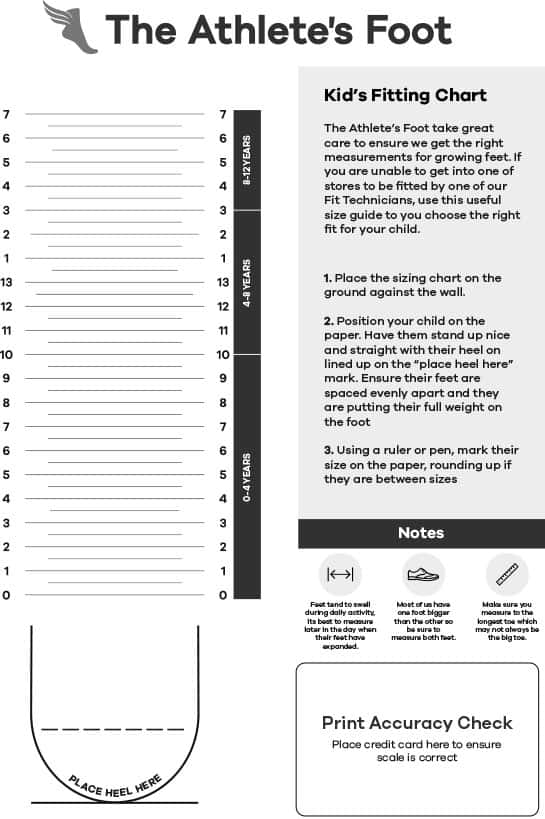

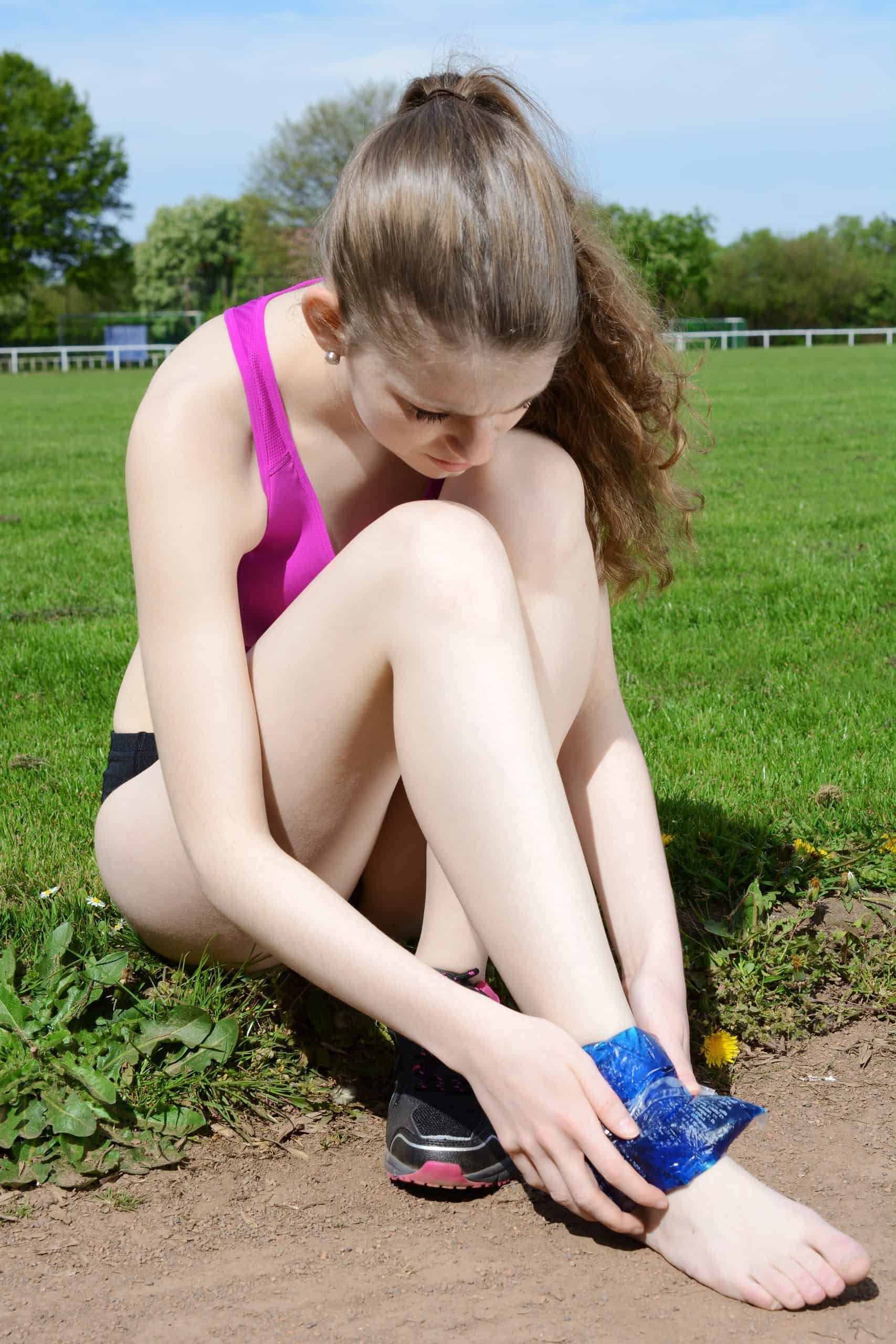
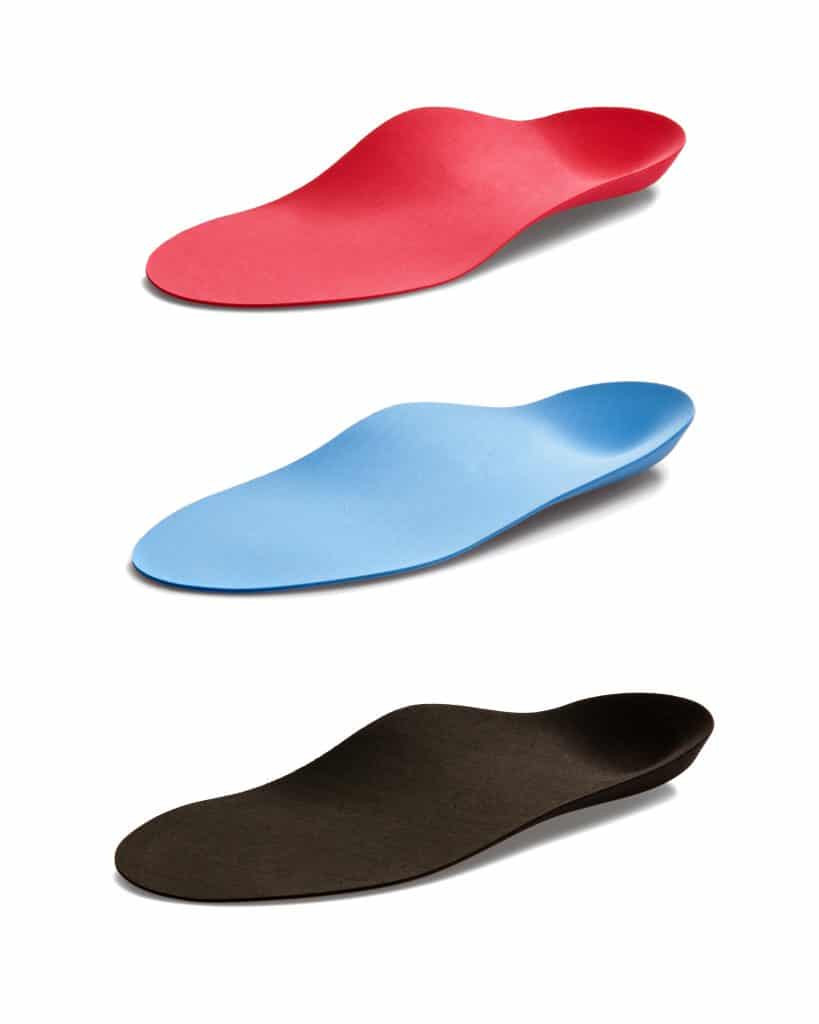
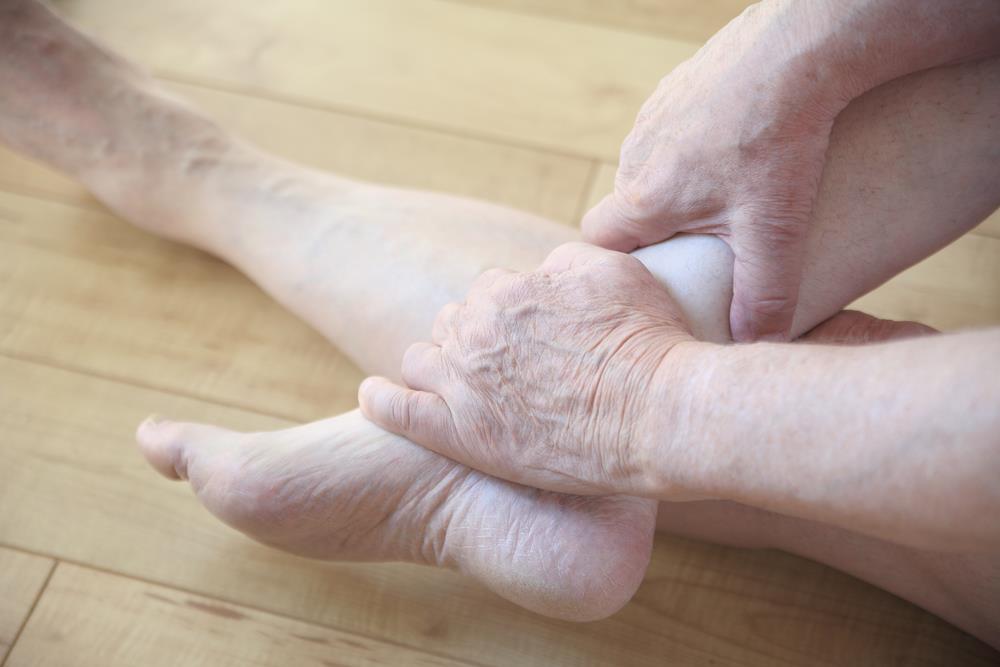
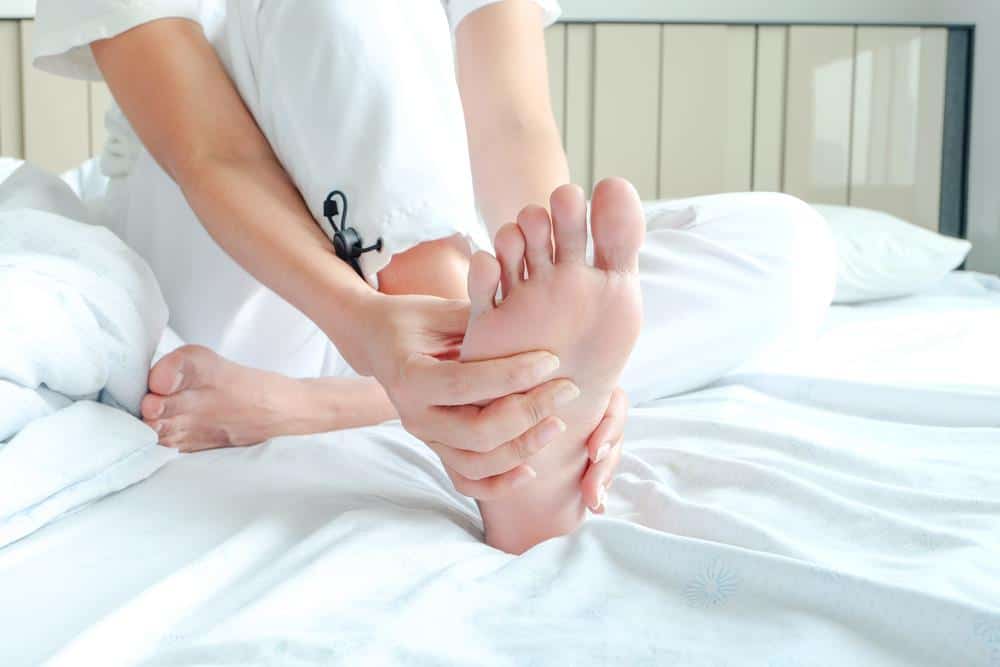
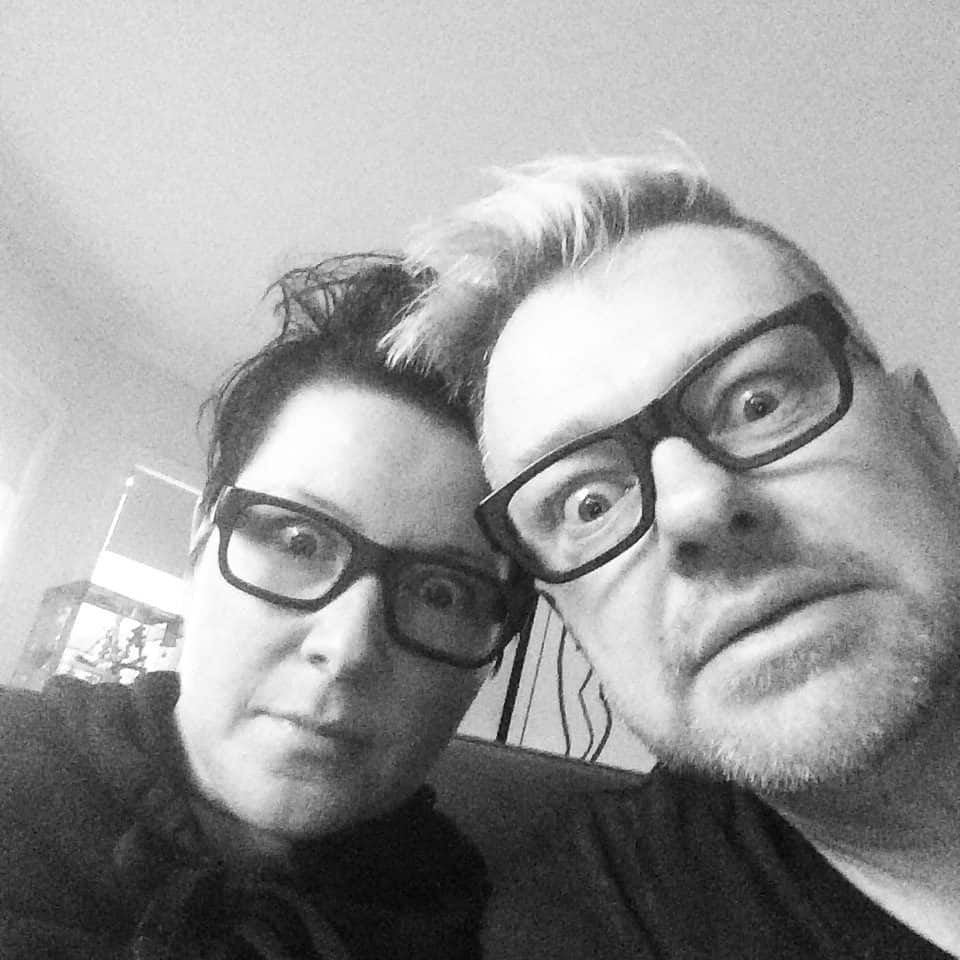

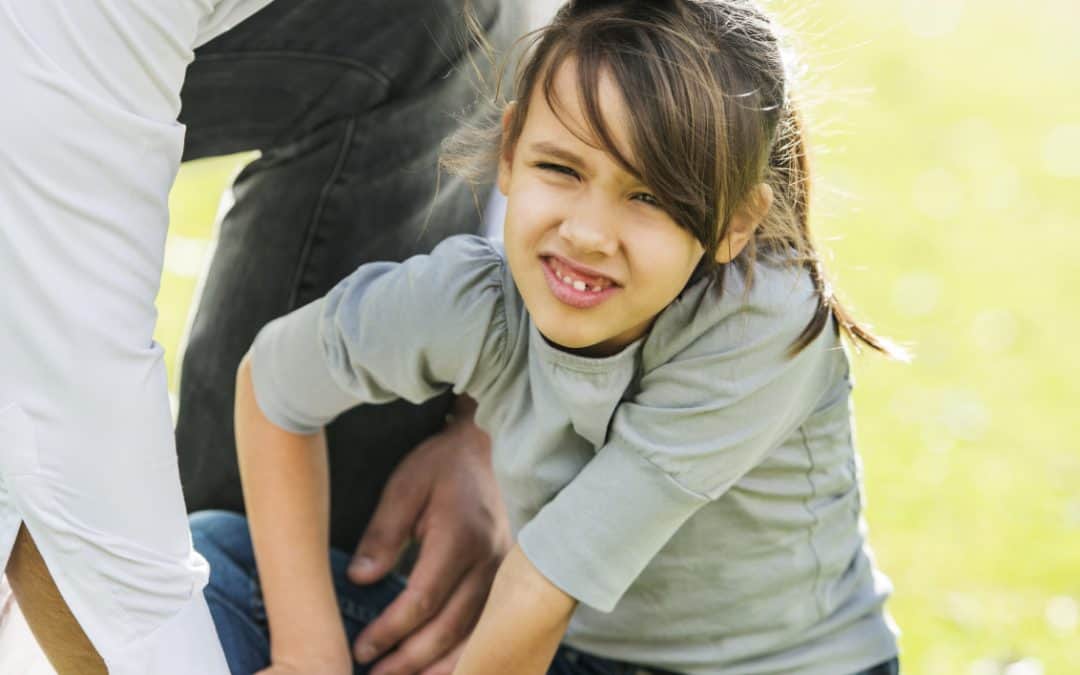
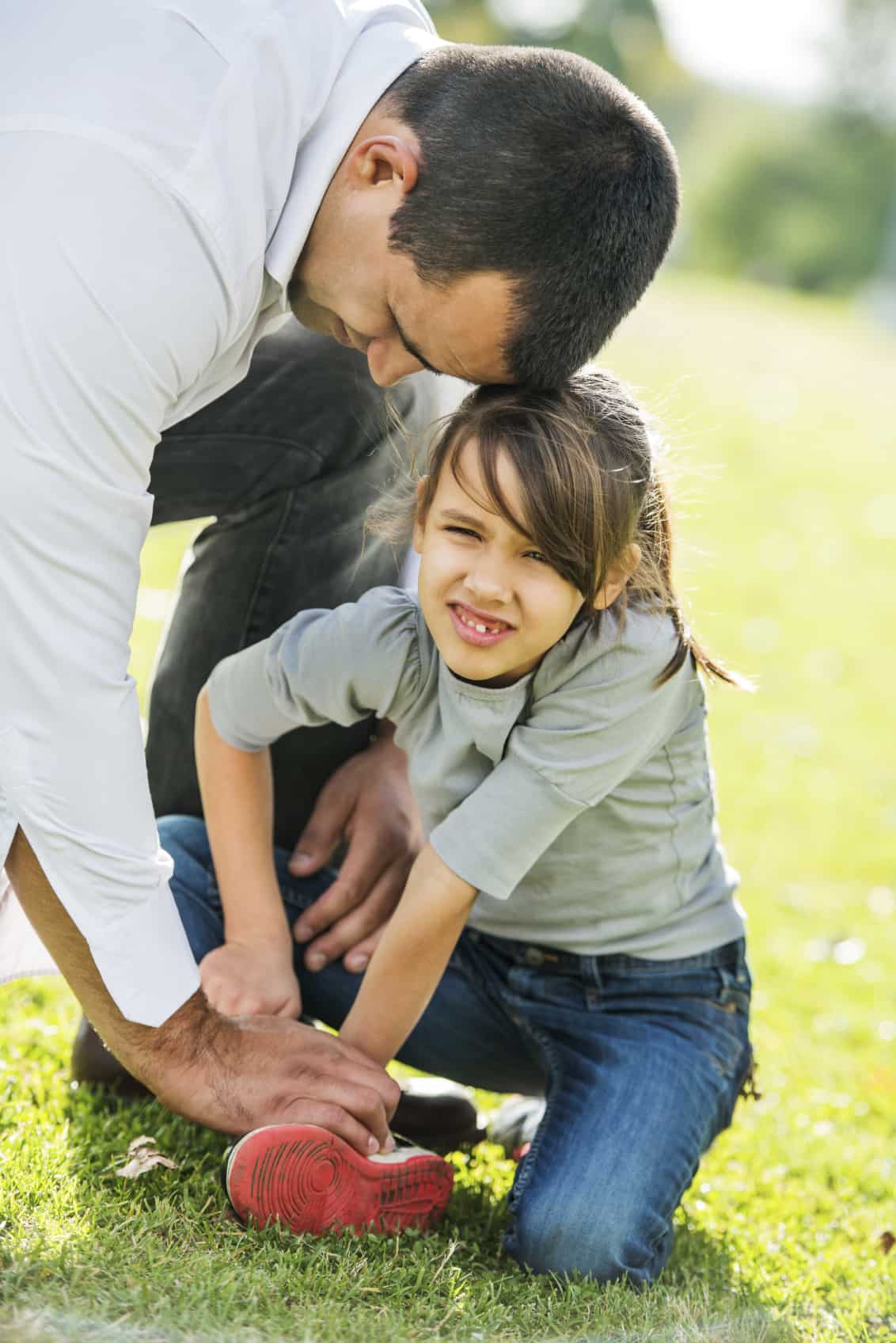
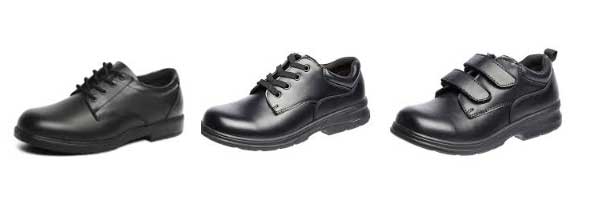
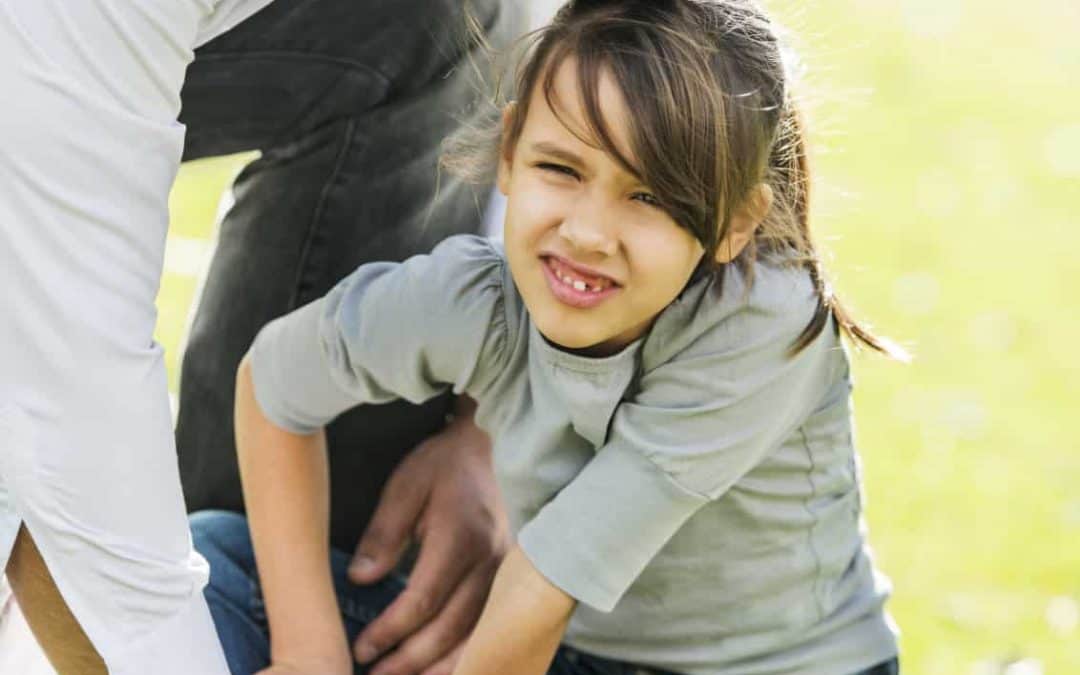




 Dr Brenden’s White paper report on the “6 Reasons You Won’t Beat Heal Pain” outlines what’s stopping you from beating this and tips on how to stop it in its tracks!
Dr Brenden’s White paper report on the “6 Reasons You Won’t Beat Heal Pain” outlines what’s stopping you from beating this and tips on how to stop it in its tracks!